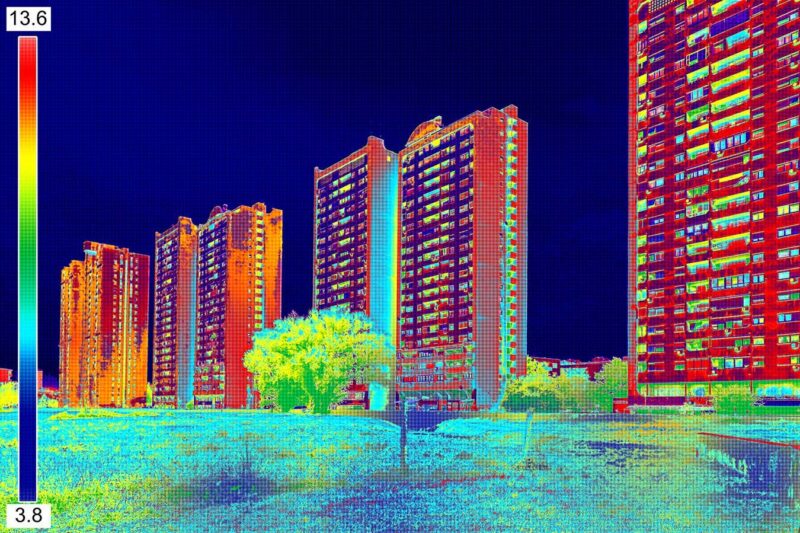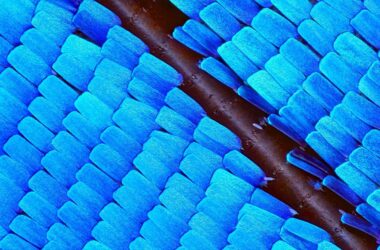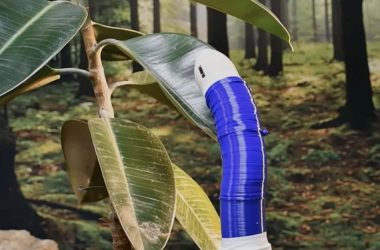AI has the potential to assist driverless cars in detecting objects based on their heat emissions. This could help them operate more safely in challenging outdoor conditions, such as darkness or heavy rain.
Zubin Jacob and his team at Purdue University developed a heat-assisted detection and ranging (HADAR) system that utilizes AI to identify objects’ temperature, energy signature, and physical texture in thermal images. The researchers trained the AI using data captured at night with advanced thermal-imaging cameras and imaging sensors capable of showing energy emissions across the electromagnetic spectrum. They also created a computer simulation of outdoor environments for additional AI training.
According to Jacob, HADAR demonstrated 10 times greater accuracy in object detection and distance estimation compared to traditional night-vision technologies. The system’s nighttime performance is on par with current object-detection systems during the day.
However, there are still several challenges to overcome before HADAR can be implemented in self-driving vehicles. The bulky and expensive camera equipment needs to be made smaller and more affordable. The collection and processing of data also currently take about a minute, which is too long for real-time application in autonomous vehicles.
Further testing is necessary to prove the accuracy and reliability of the system in various environments, according to Miroslav Pajic at Duke University. Nonetheless, Pajic sees the HADAR concept as a promising addition to the existing cameras and sensors in autonomous vehicles, particularly in situations where traditional cameras struggle in the dark.
In addition to self-driving cars, the technology could have immediate applications in wildlife monitoring at night or potential biomedical uses. Jacob predicts that significant advancements in thermal imaging will occur within the next five to seven years.








